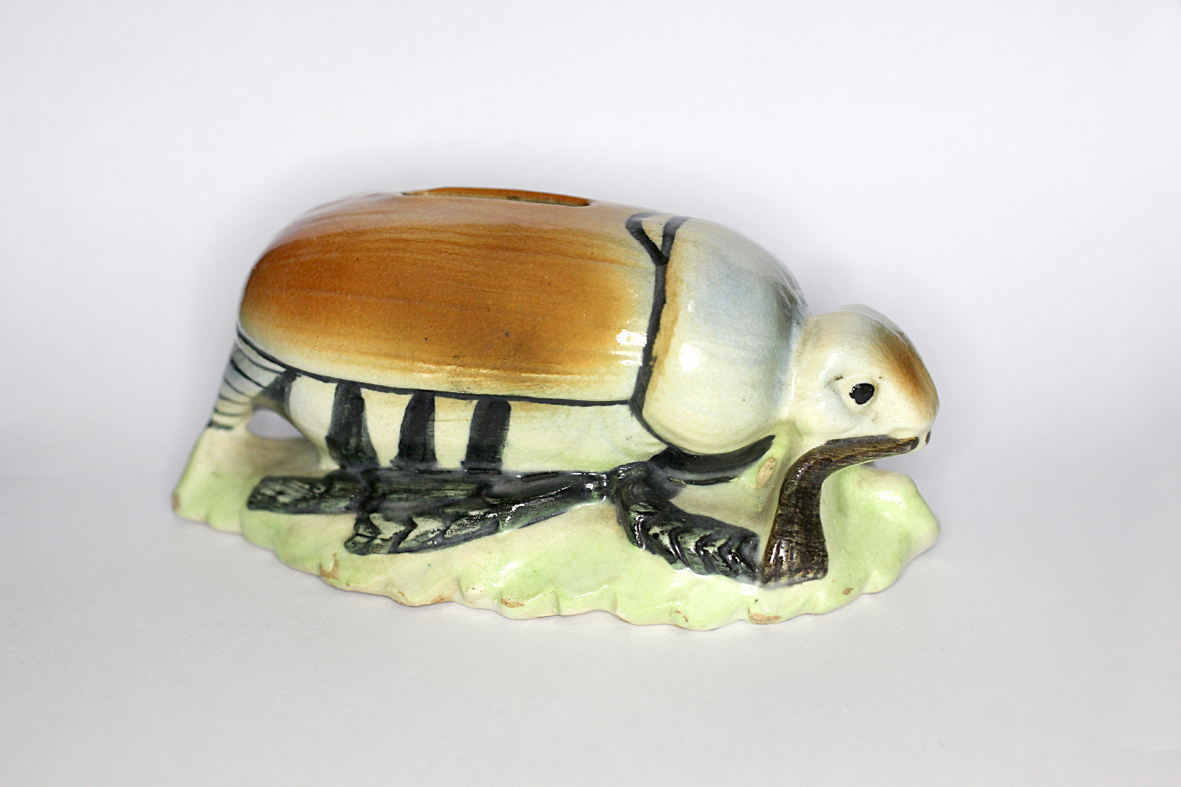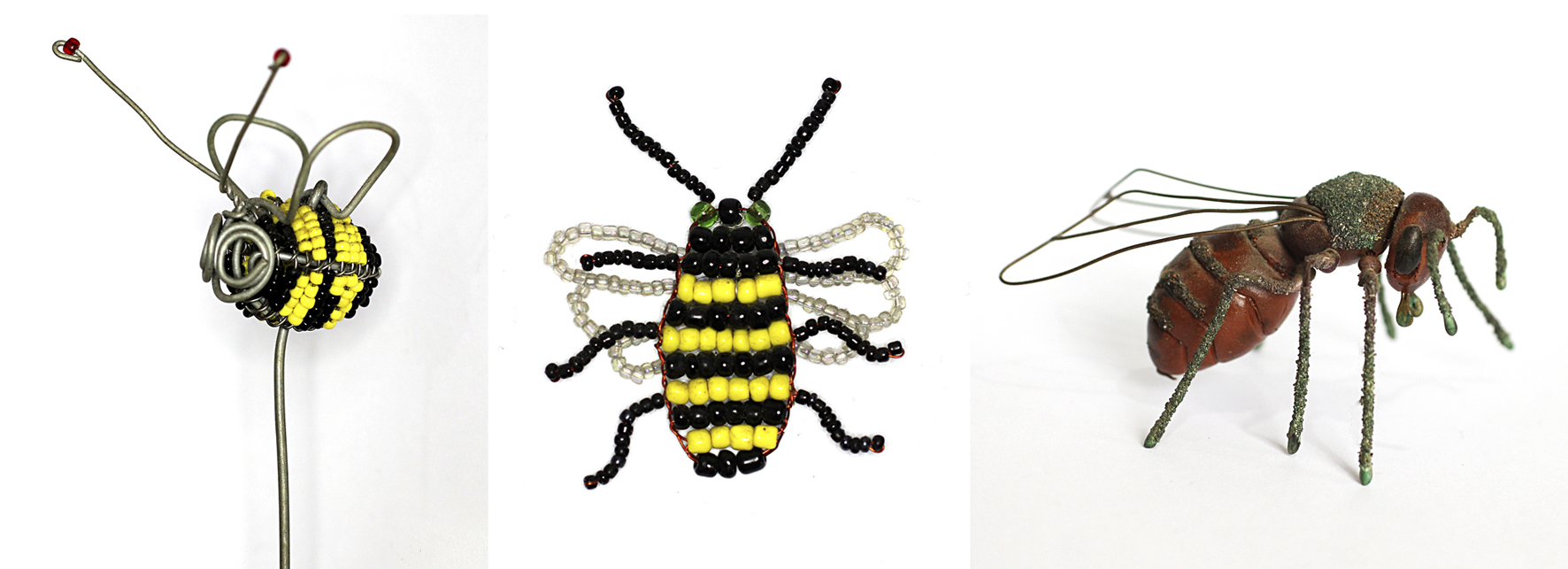As featured in the latest issue of BQ magazine
Its early October and the insects of Warwick Gardens are so excited – it’s time for the annual Autumn Fete. The grasshoppers are fat and fully grown and the mottled shield bugs are finally adults after several moults, whilst the Roesel’s bush-crickets, whose love songs kept up the spirits of Summer, can barely wheeze after weeks of wooing. The long grass is faded and falling over and the blackberries have been picked. Thankfully the green alkanet, a Trojan of the plant world, is still opening its blue flowers to everyone. It is time for one last party before the winter sets in. And as usual the Fete will be held at the most popular bar in the park – the Ivy Bush – currently in full flower and offering free nectar and pollen on tap.
This year there is a fashion show for the pollinators and the theme is stripes. There is a real buzz in the bush as the designers step up onto the stage.

First up are Diptera & Gabbana presenting their new ‘Bella Volucella’ plus-sized range. The lesser hornet hoverfly showed off an elegant bodycon frock in light orange and black striped suede with a shiny black and chestnut patterned collar. Everyone loved their creation and applauded the designers for their inclusivity.
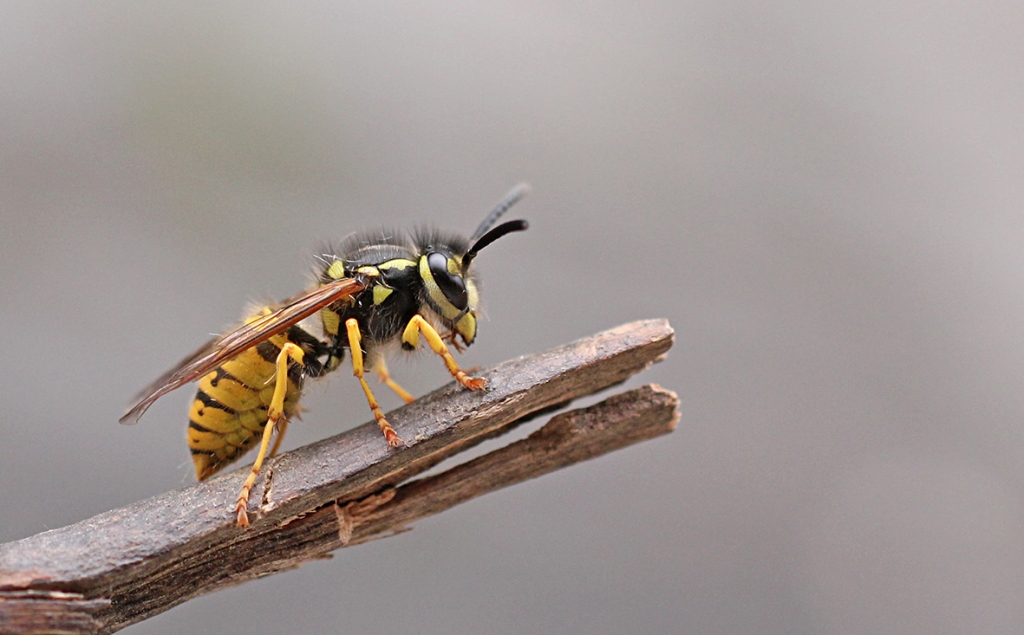
Next up is Vivienne Waspwood waving a placard shouting ‘God Save the Pollinators’. Having spent years dressing the individualistic ichneumon wasps in her retro punk black leather-look catsuits she finally had a chance to bring in some colour and produce a uniform for the social wasps: black and daffodil yellow stripes with a few dots and a scanty black hairy ruff. Everyone cheered except for the tiny flies who flew away in fear of being eaten.
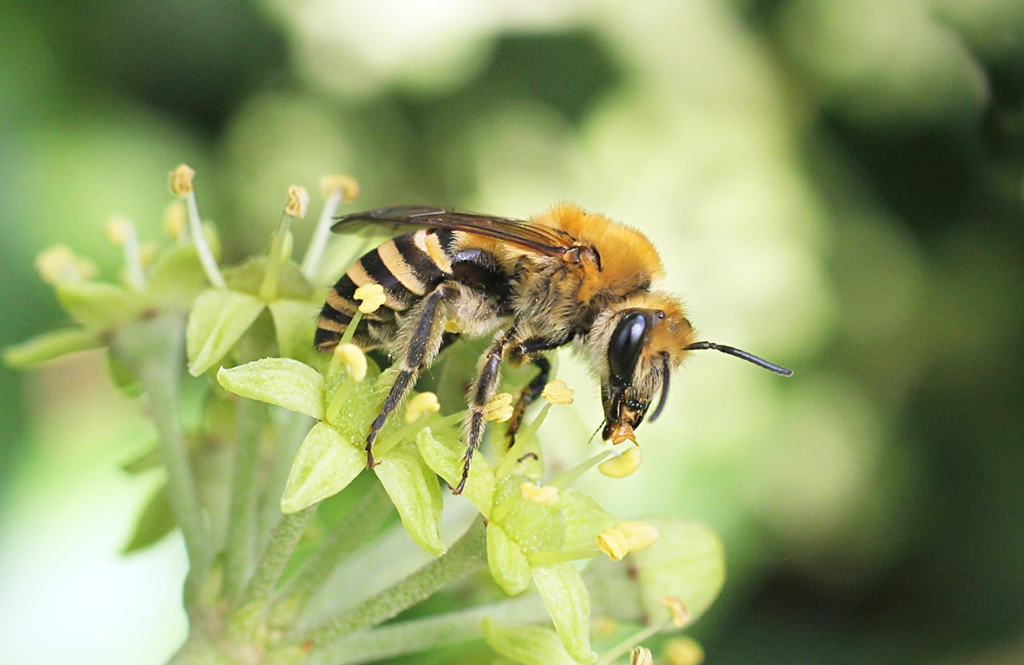
Ivy Saint Laurent chose to dress the ivy bee. A sleek black and beige striped pencil skirt with a massive furry stole in rich caramel. The other insects oohed and aah’d at the sheer beauty of her, as they had only seen her a couple of times since she arrived from France a few years ago. The stylish design was one step up from the honey bee deemed rather dull at last years’ show.
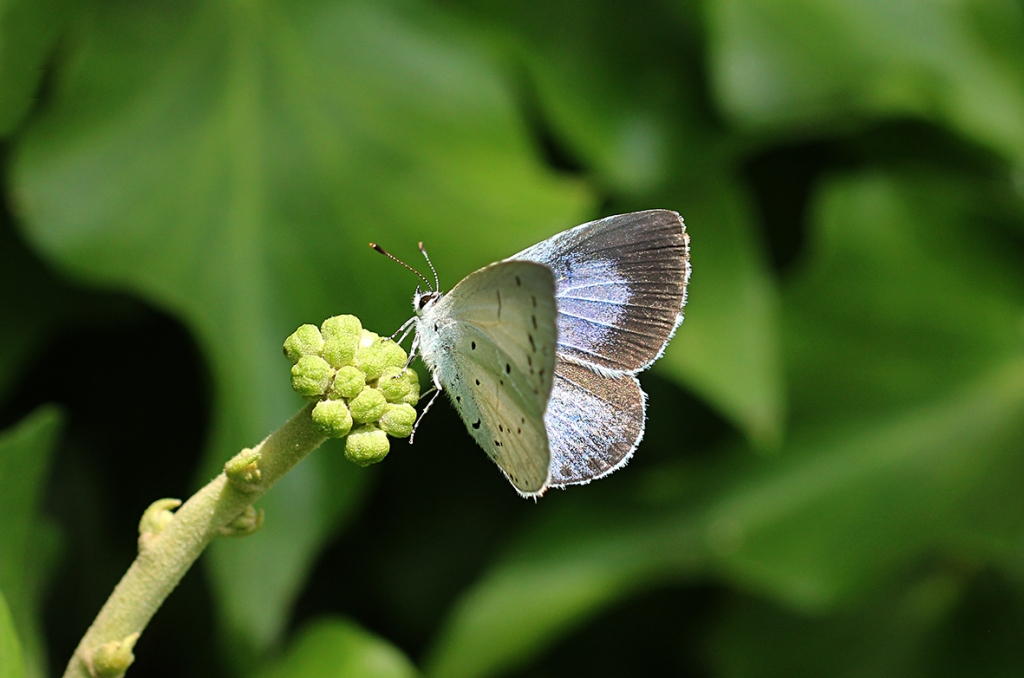
Then Galliano rocked up with a butterfly. He hadn’t read the brief and presented a holly blue. Not a stripe in sight, but a thin white border around the lustrous blue ombre wings. To the audience this was a breath of fresh air – the stripes were getting confusing and all too similar.
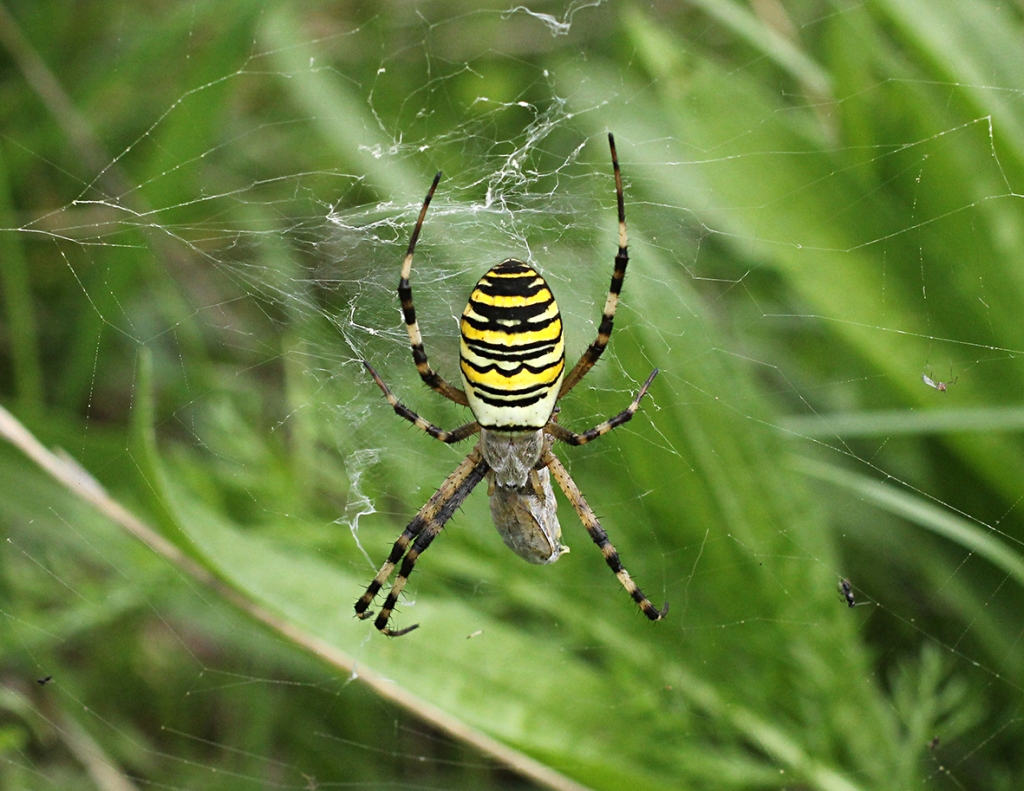
Meanwhile down amongst the grasses is the circus of wasp spiders who have been dressed by Gaultier, flamboyant in cream and lemon yellow stripes outlined in black. They have spent the night spinning their famously chaotic webs with its striking zig-zag pattern ready for the classic game of Catch The Grasshopper. As for the grasshoppers they are enjoying outwitting the spiders with spectacular leaps and bounds over the webs, though occasionally one mis-steps and gets quickly pounced on and wrapped up in silk.
It was a day to remember. And now to look forward to spring.




